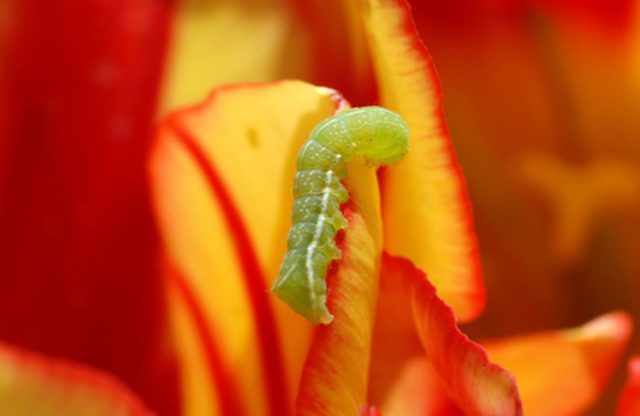Bulbs
Flower Basics
Flower Beds & Specialty Gardens
Flower Garden
Garden Furniture
Garden Gnomes
Garden Seeds
Garden Sheds
Garden Statues
Garden Tools & Supplies
Gardening Basics
Green & Organic
Groundcovers & Vines
Growing Annuals
Growing Basil
Growing Beans
Growing Berries
Growing Blueberries
Growing Cactus
Growing Corn
Growing Cotton
Growing Edibles
Growing Flowers
Growing Garlic
Growing Grapes
Growing Grass
Growing Herbs
Growing Jasmine
Growing Mint
Growing Mushrooms
Orchids
Growing Peanuts
Growing Perennials
Growing Plants
Growing Rosemary
Growing Roses
Growing Strawberries
Growing Sunflowers
Growing Thyme
Growing Tomatoes
Growing Tulips
Growing Vegetables
Herb Basics
Herb Garden
Indoor Growing
Landscaping Basics
Landscaping Patios
Landscaping Plants
Landscaping Shrubs
Landscaping Trees
Landscaping Walks & Pathways
Lawn Basics
Lawn Maintenance
Lawn Mowers
Lawn Ornaments
Lawn Planting
Lawn Tools
Outdoor Growing
Overall Landscape Planning
Pests, Weeds & Problems
Plant Basics
Rock Garden
Rose Garden
Shrubs
Soil
Specialty Gardens
Trees
Vegetable Garden
Yard Maintenance
Inchworm Habitat
Inchworm Habitat. The term inchworm refers to the larval stage of moths belonging to the Geometridae family. Inchworms are not worms, so to speak. They are caterpillars. And there are approximately 1,200 known species living in North America. Though small--most inchworms measure 1 cm in length--they are considered pests to agricultural areas as...

The term inchworm refers to the larval stage of moths belonging to the Geometridae family. Inchworms are not worms, so to speak. They are caterpillars. And there are approximately 1,200 known species living in North America. Though small--most inchworms measure 1 cm in length--they are considered pests to agricultural areas as well as backyard gardens due to their destructive eating habits. Inchworms have three pairs of legs in the front and two in the back, which create their characteristic "inching" movement as they move forward.
Common Habitats
Inchworms are generally found in areas with dense tree populations. Depending on the species, inchworms will enjoy spending time in apple or other fruit groves, or oak or elm forests, though any deciduous trees are fair game. Vegetable gardens, especially where celery, cabbage or radishes are being grown, are also on the menu.
Distribution
Inchworms can be found throughout North America and Europe. They travel from place to place through a method known as ballooning. This technique involves the formation of a single strand of silk that the worm produces as a way to escape predation. When an inchworm is threatened, it produces a tiny, single strand of silk, which it attaches to a leaf or branch. It drops down off the tree to escape predation and, in certain circumstances; the wind catches the strand of silk and blows the worm to another location.
Control Methods
Because many inchworms have developed a tolerance to pesticides and are prolific breeders, they live in every agricultural area, though they are particularly prevalent in areas that grow fruit such as Florida and California. Inchworms cause thousands of dollars in devastating damage to fruit crops every year. Biological measures such as introducing predatory wasps and infectious fungi have been implemented in many cases to keep them in check.
Active Seasons
Inchworms of various species can be found active in either spring or fall. Inchworms spend their entire lives, from egg to mature moth, on the trunks of trees or on vegetable plants. Adult females lack the ability to fly and will remain on the same tree in which they pupate. The males do have the ability to fly and will move from tree to tree or plant to plant in search of females.
Other Habitats
Other common natural habitats for inchworms include linden trees, sweetgums, conifer trees, broccoli, kale, parsley, peas, potatoes, cauliflower, brussels sprouts, lettuce, beans, tomatoes and other garden crops.